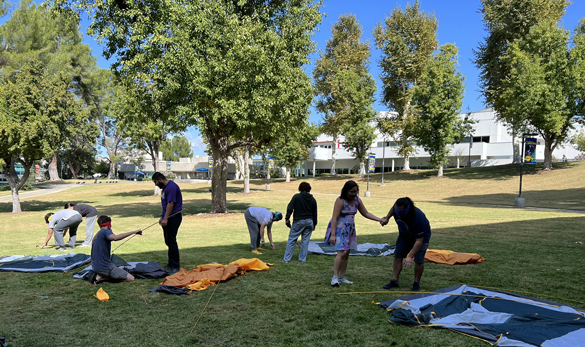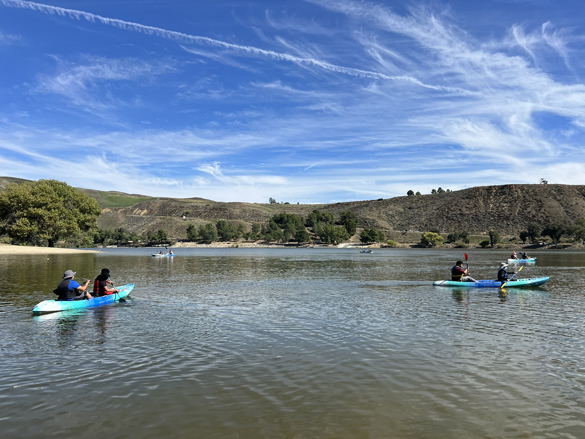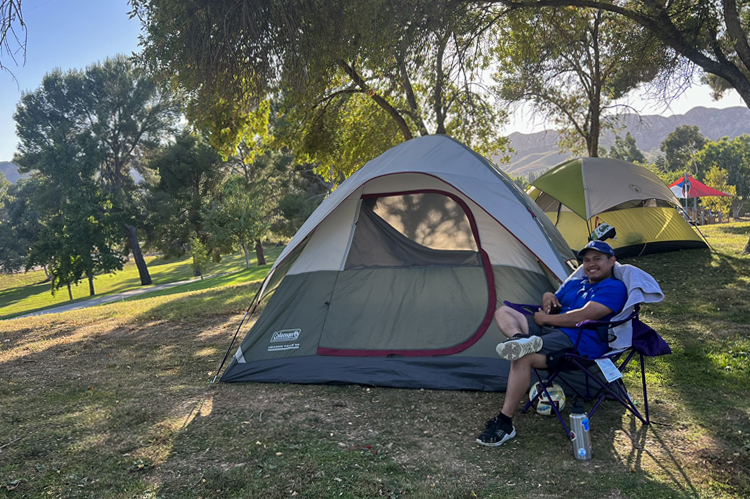Course Descriptions
REC 100 LEISURE FOR LIFE
3 Units | CSU 54 hours lecture maximum
This course introduces the nature and scope of leisure and the influence of leisure pursuits for personal and social growth. This course examines the relationships between personal leisure lifestyle behaviors and wellness.
REC 101 RECREATION AND LEISURE IN CONTEMPORARY SOCIETY
3 Units | CSU 54 hours lecture maximum
Investigates the contributions of play, leisure and recreation to the social, psychological and economic well being of individuals and groups, incorporating local, regional, national and international perspectives.
REC 102 PLANNING PROGRAMS AND EVENTS FOR RECREATION EXPERIENCES
3 Units | CSU 54 hours lecture maximum
Principles and practice of effective recreational leadership including program and event planning as it relates to play, recreation, and leisure experiences. Requires field work visits to recreation programs.
REC 103 OUTDOOR RECREATION AND THE NATURAL ENVIRONMENT
3 Units | CSU 54 hours lecture maximum
Introduces recreational use of outdoor/natural areas and the trends, both past and present, that create changing patterns of use, including an overview of human, animal, and technological impacts on outdoor recreation resources.
REC 104 INTRODUCTION TO THERAPEUTIC RECREATION AND SPECIAL POPULATIONS
3 Units | CSU 54 hours lecture maximum
Introduces the characteristics and needs of special populations as they relate to the delivery of recreation and leisure services, including the nature and function of recreation in rehabilitation agencies and settings. Emphasizes planning and adapting recreational programs both in clinical and community settings.
REC 105 LEADERSHIP IN RECREATION AND LEISURE SERVICES
3 Units | CSU 54 hours lecture maximum
Analysis of the foundations of leadership and management skills integral for recreational leaders. Emphasis on comparing classic and contemporary leadership theories and emphasis on developing competencies and skills for effective leadership within the recreation and leisure industry.
SOCI 233 SOCIOLOGICAL ISSUES OF LIFE AND LONGEVITY
3 Units | UC:CSU 54 hours lecture maximum
Examines the life course of older adults and the aging process, including cultural, social, and political influences that shape contemporary concepts of 'growing old,' especially within Western society.


KPET 217 SPORTS MANAGEMENT
3 Units | CSU 54 hours lecture maximum
Introduces organization, management, planning, staffing, directing, and controlling a sports program, including such areas as budget, facilities, scheduling, officials, transportation, public relations, parent and booster clubs, purchase and care of athletic equipment, fundraising and marketing.
KPET 120 EMERGENCY PROCEDURES
2 Units | UC:CSU 36 hours lecture maximum, 18 hours lab maximum
Introduces procedures to maintain health in emergency first aid situations. Successful course completion qualifies a student for the American Red Cross Community. First Aid and Safety, CPR for the Professional Rescuer and Automated External Defibrillation cards. Does not satisfy the Physical Education requirement for the associate degree.
HRMGT 101 INTRODUCTION TO THE HOSPITALITY INDUSTRY
3 Units | CSU 54 hours lecture maximum
Surveys the careers, responsibilities and trends in the hotel, restaurant, tourism, and recreation industry, including social and economic forces that interrelate and influence various industry components.
Recommended Electives
PSYCH 172 DEVELOPMENTAL PSYCHOLOGY
3 Units | UC:CSU 54 hours lecture maximum
Surveys human development, emphasizing changes occurring throughout the lifespan. Examines the physical, emotional, cognitive, and social growth of infants, toddlers, preschoolers, schoolchildren, adolescents, and adults.
BUS 110 PRINCIPLES OF MANAGEMENT
3 Units | CSU 54 hours lecture maximum
Examines the fundamental functions of modern management in a changing world with an emphasis on planning, leading, and organizing, including leadership in management, motivation, communication, cultural diversity, team decision-making, management by objectives, organizational environment, sustainability, planning and strategic management, control process, organizational structure, and managing organizational change.

 My Canyons
My Canyons  Canvas
Canvas 
